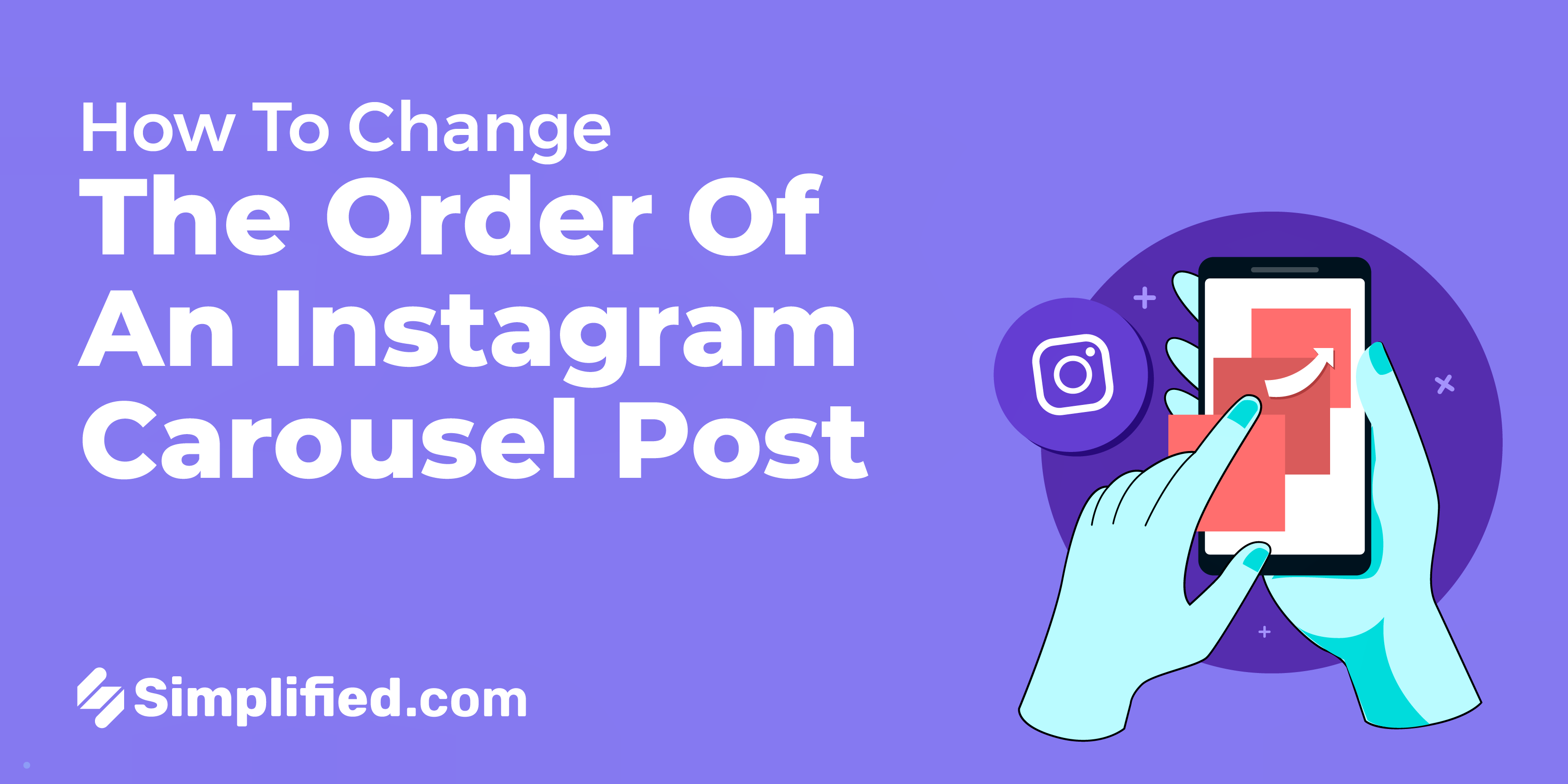What do you mean by Customer lifetime value?
Customer lifetime value (CLV) is the total revenue a customer is expected to generate for a business over their lifetime. It is a measure of the profitability of a customer relationship.
CLV is calculated by taking the average customer purchase amount and multiplying it by the number of purchases the customer is expected to make over their lifetime. The lifetime of a customer can be estimated based on factors such as their age, spending habits, and loyalty to the brand.
CLV is an important metric for businesses because it can help them to make decisions about marketing, pricing, and product development. For example, a business with a high CLV can afford to spend more on marketing to acquire new customers.
There are a few different ways to calculate CLV. The most common method is the following:
CLV = (Average purchase amount) * (Number of purchases per year) * (Number of years as a customer)
For example, if a customer spends an average of \$100 per year and is expected to be a customer for 5 years, their CLV would be \$500.
CLV can also be calculated using a more sophisticated model that takes into account factors such as the customer's lifetime value, the cost of acquiring a customer, and the cost of retaining a customer.
CLV is a valuable metric for businesses, but it is important to note that it is just an estimate. The actual CLV of a customer can vary depending on a number of factors, such as changes in the customer's spending habits or the introduction of new competitors.
Here are some of the benefits of calculating CLV:
Helps to prioritize marketing efforts: By understanding the CLV of different customer segments, businesses can prioritize their marketing efforts to focus on the segments that are most profitable.
Helps to set pricing: Businesses can use CLV to set prices that are profitable for the business and attractive to customers.
Helps to make product decisions: Businesses can use CLV to make decisions about which products to develop and invest in.
Helps to measure the effectiveness of marketing campaigns: Businesses can use CLV to measure the effectiveness of their marketing campaigns by tracking the changes in CLV over time.
By calculating CLV, businesses can gain valuable insights into their customers and make better decisions about how to acquire, retain, and grow their business.
Here are some additional things to keep in mind about CLV:
CLV is an estimate: CLV is just an estimate of the total revenue a customer is expected to generate over their lifetime. The actual CLV can vary depending on a number of factors.
CLV is dynamic: CLV can change over time as customers' spending habits change or new competitors enter the market.
CLV is not a silver bullet: CLV is a valuable metric, but it is not a guarantee of success. Businesses still need to create effective marketing campaigns and products that meet the needs of their customers.
.webp)













